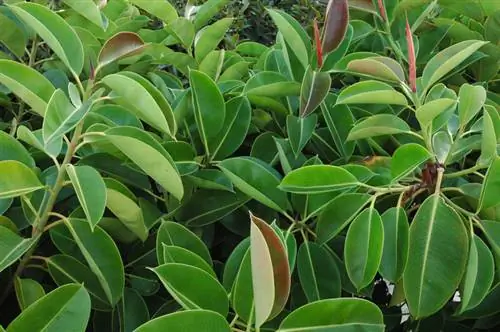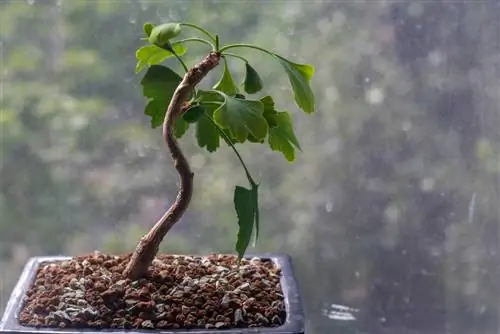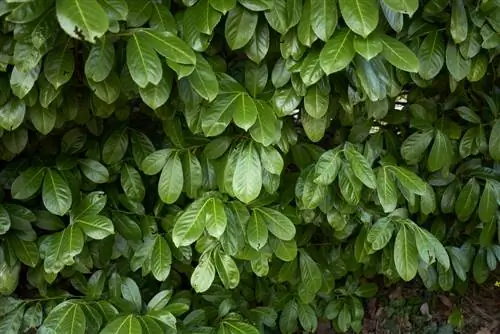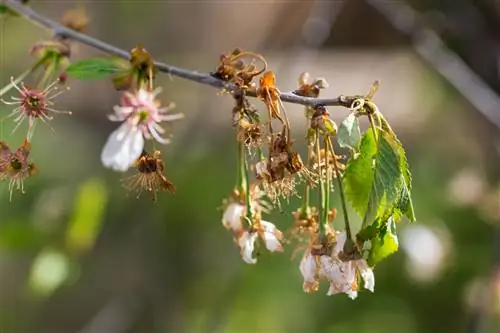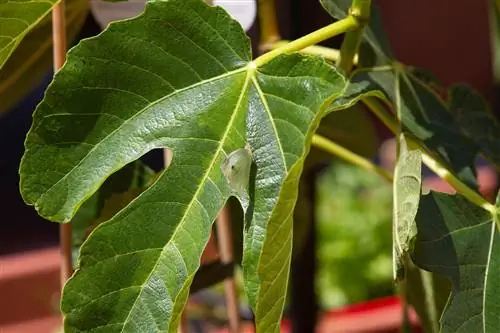- Author admin [email protected].
- Public 2023-12-16 16:46.
- Last modified 2025-01-23 11:21.
The dragon tree is actually a pretty decorative houseplant with a visually exotic factor. However, the aesthetic appeal of these mostly unbranched plants suffers massively from deficiency symptoms such as limp, drooping leaves.
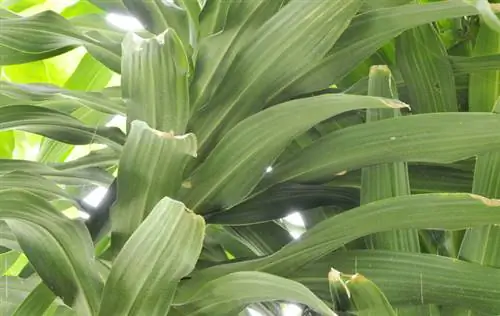
Why does my dragon tree lose its leaves?
If a dragon tree leaves its leaves drooping, there may be causes such as excessive sunlight, incorrect watering, waterlogging or a cool location. To remedy this, the plant should be moved to a less sunny location and the watering behavior adjusted.
It depends on the position of the leaves
If only the lowest leaves of your dragon tree are slowly but surely leaning towards the thin, gray trunk, there is generally no reason to worry. As a dragon tree grows naturally, new leaves form at the top of the plant, while the lowest and therefore oldest leaves slowly turn yellow and eventually fall off. However, there is more cause for concern if the tip of the plant turns yellow or brown from above. Yellow or brown spots on the leaves can also be signs of:
- Pest Infestation
- Diseases
- Care errors
The right amount is important when it comes to sunlight and water supply
Dragon tree species in particular with uniformly green leaves quickly lose their leaves in very sunny locations. You should then resist the temptation to compensate for the increased sunlight by watering even more frequently. Hanging leaves can certainly indicate a certain dryness of the roots, but conversely it can also be an indication of roots damaged by waterlogging or the result of a location that is too cool.
Don't panic after repotting
If hanging leaves appear on a freshly repotted dragon tree, this is quite normal for a period of a few weeks. After all, it takes some time until the roots, which have been disrupted in their function, can supply the plant as usual again. This is even more true when switching to hydroponics, as the roots first have to grow into the water container of the plant pot. Simply compensate for this “operational” dryness to some extent by occasionally spraying the leaves of the plant with water or significantly increasing the humidity in the room.
Tip
Spraying the leaves not only helps after repotting and when the air is dry: Since spider mites love warm and dry conditions, these pests can be at least partially scared away by regular water mist (€9.00 on Amazon).


